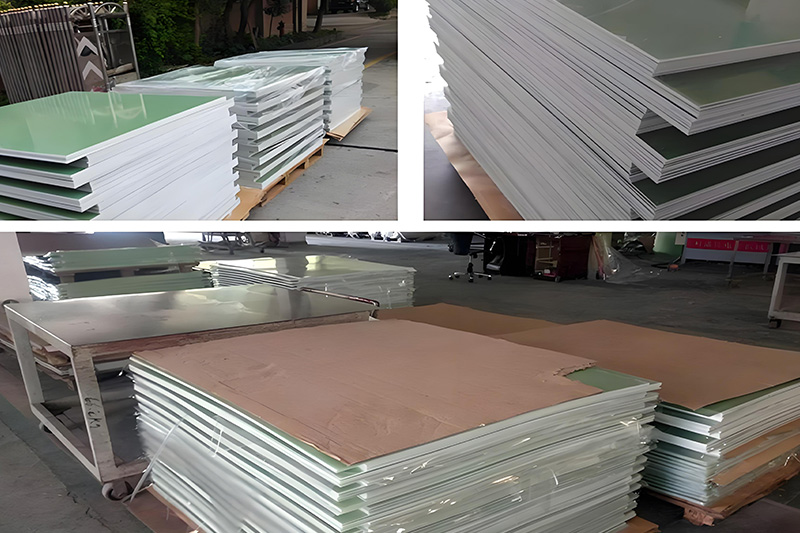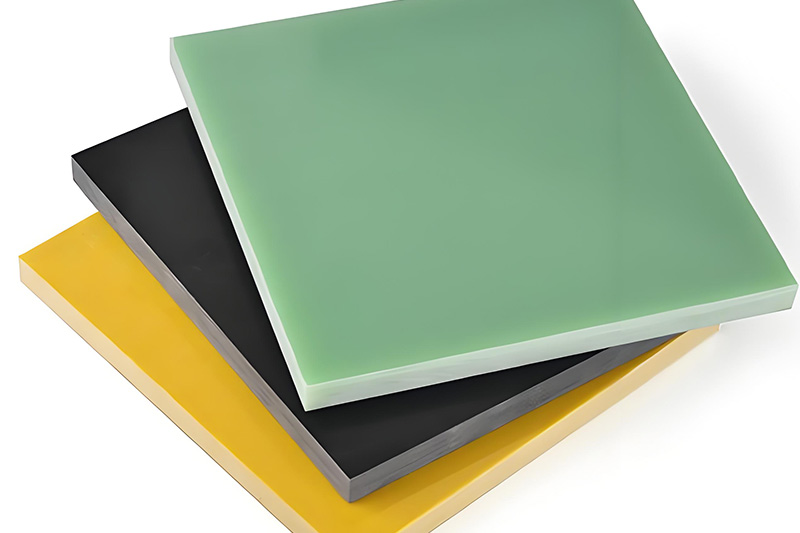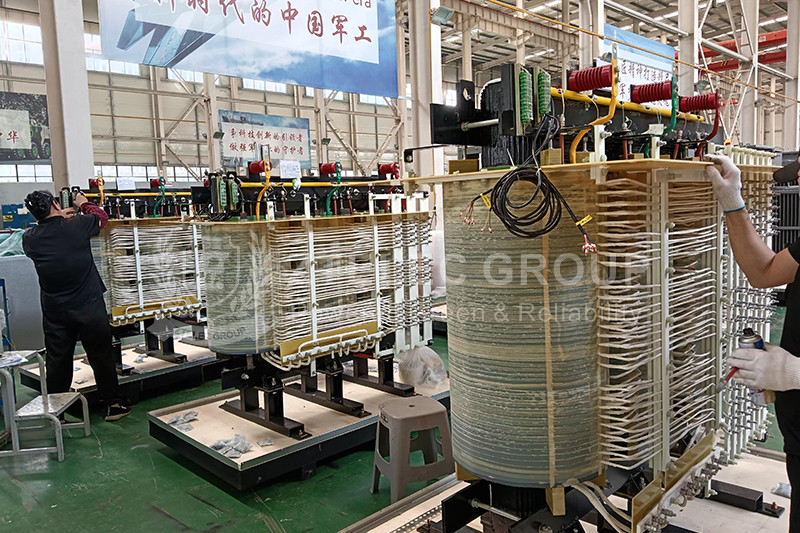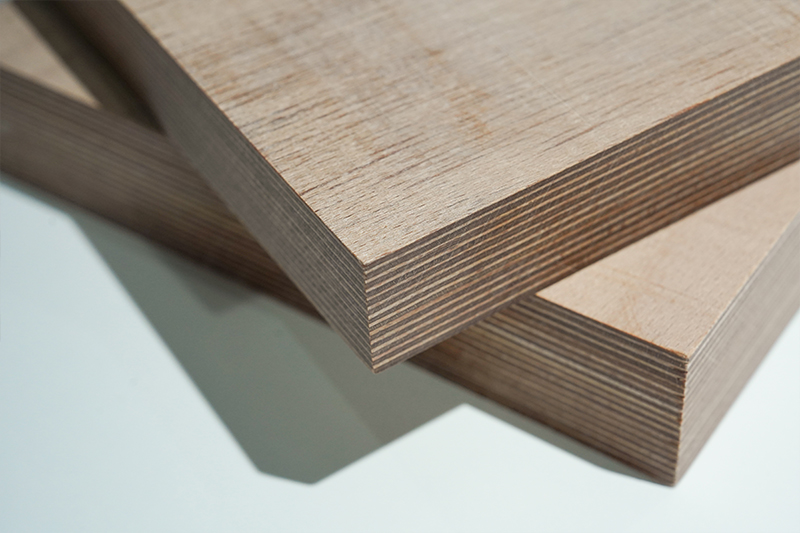Custom G10 Fiber Sheet Solutions for Transformer Components: Spacers, Brackets, and Shields
In modern power electronic equipment systems, transformers are core components, and the reliability of their performance directly determines the operating stability of the entire system. In transformer assemblies, the material selection and structural design of key components such as gaskets, brackets and insulation shielding are of paramount importance. G10 fiberglass sheet has become an ideal material for high-voltage and high-frequency transformer assemblies due to its excellent insulation performance, excellent mechanical strength and good heat resistance. This article will systematically and comprehensively introduce customized solutions for transformer assemblies based on G10 fiber sheet.
G10 Material Characteristics and Selection Considerations
G10 fiber sheet is a high-performance composite material made of glass fiber cloth and epoxy resin through a high-temperature and high-pressure lamination process. This material has three outstanding advantages: First, the dielectric strength is far superior to ordinary insulating materials, which can effectively prevent high-voltage breakdown; second, the mechanical properties are excellent, not only with high bending strength, but also with excellent dimensional stability; third, the temperature resistance is excellent, and it can work stably for a long time in a high-temperature environment and is not easy to deform. These characteristics make it particularly suitable for components in transformers that need to meet the dual requirements of insulation and structural support at the same time.
In the actual selection process, accurate and targeted selection is required based on the specific application scenario. For high-frequency transformers, G10 fiberglass sheet models with stable dielectric constants should be selected to reduce dielectric loss; in high-voltage application scenarios, the arc resistance of the material should be considered. In addition, sheets of different thickness specifications are suitable for components with different load requirements. Generally speaking, gasket-type components are suitable for thinner plates, while bracket-type load-bearing components require thicker plates.

Detailed Component Design Plan
1.Gasket Component Design
Gaskets play a dual role in insulation isolation and mechanical buffering in transformers. In terms of structural design, slotted design is used to optimize the electric field distribution, and reasonable chamfering is used to effectively avoid edge discharge problems. The choice of thickness requires a comprehensive balance between insulation requirements and space limitations. In special application scenarios, special-shaped structural design can also be used. The surface treatment process has a significant impact on the performance of the gasket. Fine grinding can ensure surface flatness, while special coating treatment can further improve arc resistance.
2.Bracket Structure Design
The core of the bracket design is to achieve a balance between mechanical strength and lightweight. Through topological optimization analysis, the bionic rib structure design is adopted to achieve weight optimization while ensuring the load-bearing capacity. The metal insert design is used at the installation interface, which not only solves the problem of insufficient thread strength of glass fiber materials, but also improves the convenience of assembly. For transformers of different power levels, the wall thickness and rib layout of the bracket need to be designed differently to ensure sufficient natural frequency and effectively avoid common vibration frequency bands.
3.Insulation shielding system
The composite insulation shielding adopts a multi-layer structure design. The substrate provides a stable mechanical support, and the functional coating achieves the electromagnetic shielding effect. The edge adopts a gradient structure design to evenly distribute the electric field. In terms of process implementation, vacuum coating technology ensures the uniformity and adhesion of the coating, and the subsequent heat treatment process further enhances the interface stability. For special electromagnetic environments, a combined shielding solution can be designed to achieve a broadband shielding effect by matching materials with different resistivities.

G10 Key control points of manufacturing process
In the processing and manufacturing process, raw material quality control is crucial, and the weaving density of glass fiber cloth and the curing degree of resin need to be strictly controlled. CNC machining is the key to ensuring dimensional accuracy, especially laser cutting technology, which can achieve high-precision machining of complex shapes. For parts that require metal inserts, the embedded position and curing process parameters of the inserts must be accurately controlled. The surface treatment process needs to pay special attention to cleanliness control to prevent the introduction of impurities that affect insulation performance.
- more+releated article
- 2025-12-13How to Select and Use Phenolic Cloth-base Lami
- 2025-12-13How Much Does Bakelite Sheet Cost? 2025 Price
- 2025-12-13Why are most 3240 epoxy boards yellow?
- 2025-12-13What are the Main Applications of FR4 Epoxy Bo
- 2025-12-13Why Does the Price of Insulating Paperboard Va
- 2025-12-13Heat-Resistant DDP Insulation Paper
- 2025-12-13Comparison of Heat-Resistant DDP Insulating Pa
- 2025-12-13G10 and FR4 Epoxy Boards: Commonly Used for Ge
- 2025-12-13The Price of Heat-Resistant DDP Insulation Pap
- 2025-12-13How to Choose Epoxy Laminate Materials for Gen





